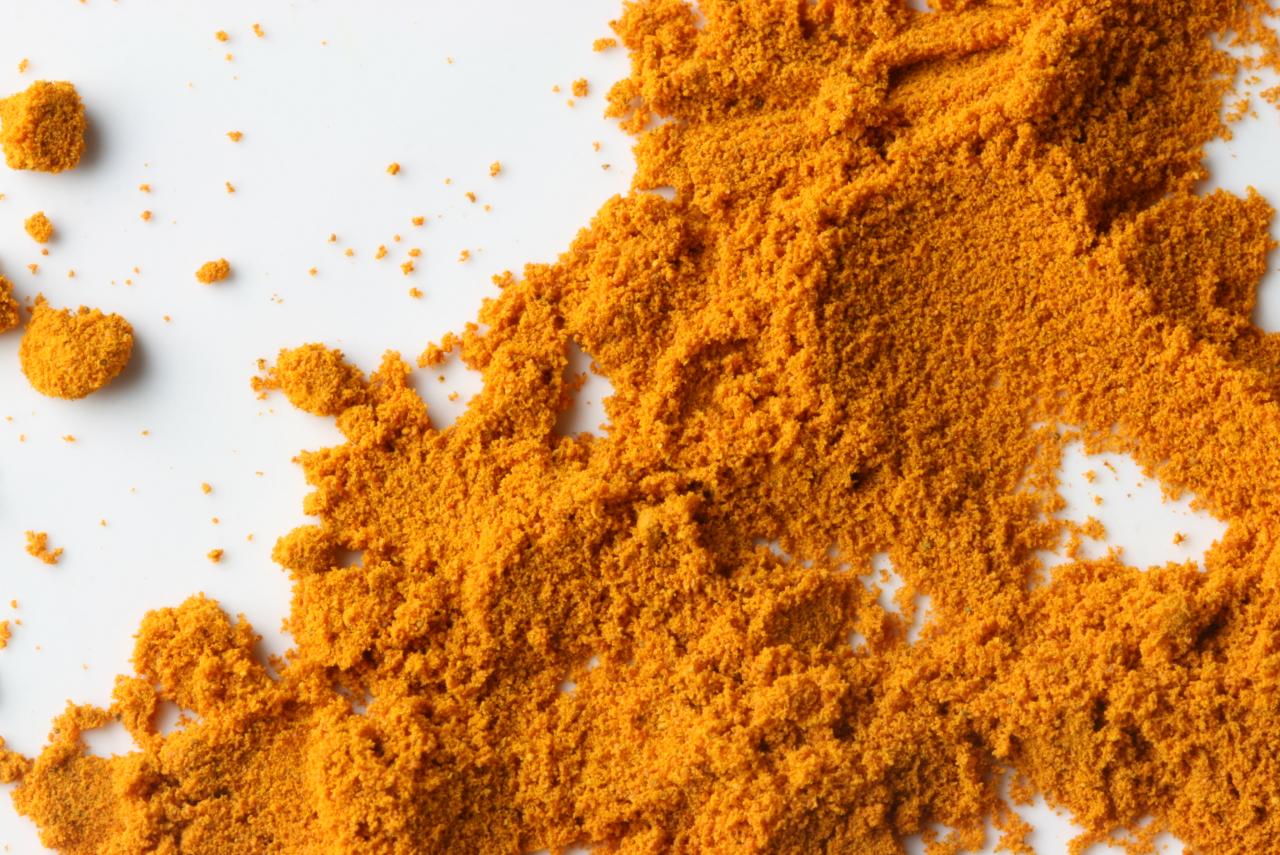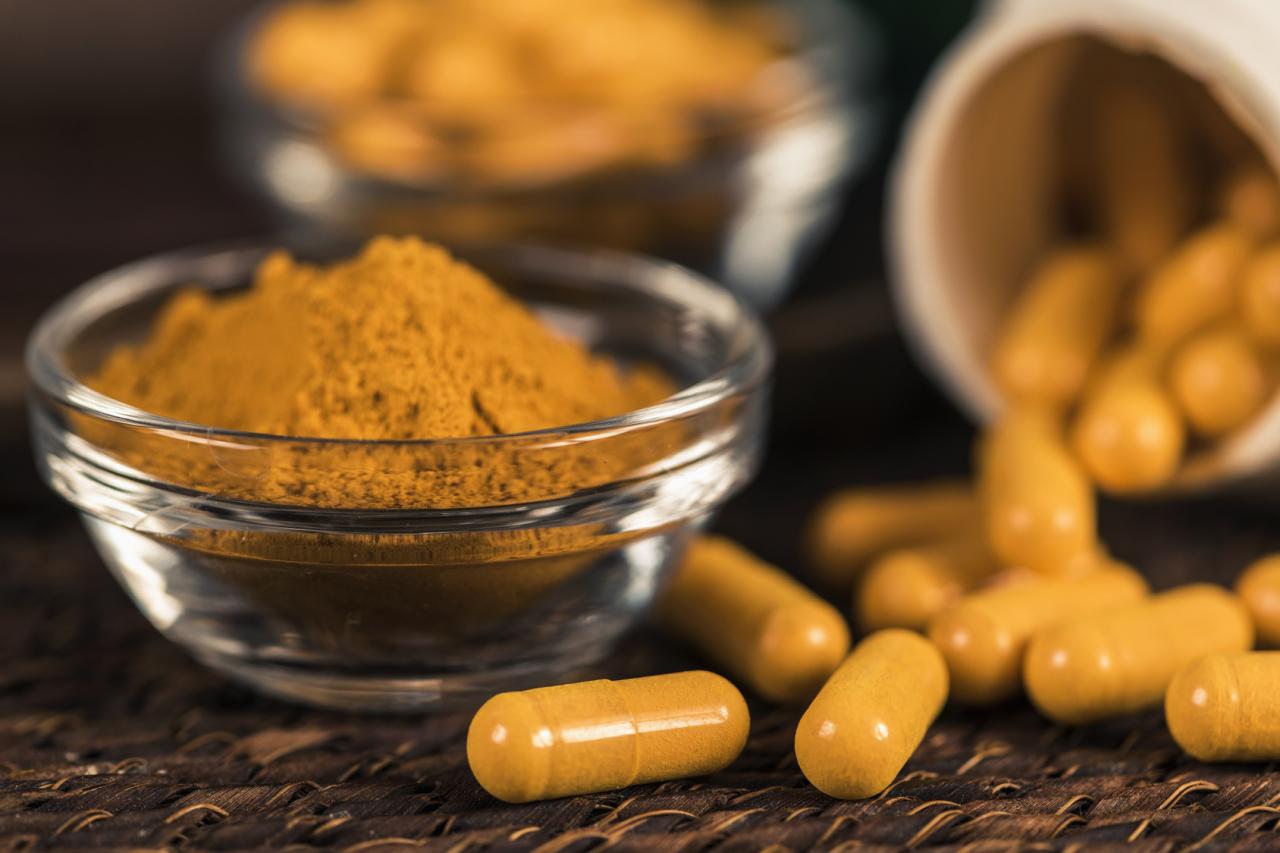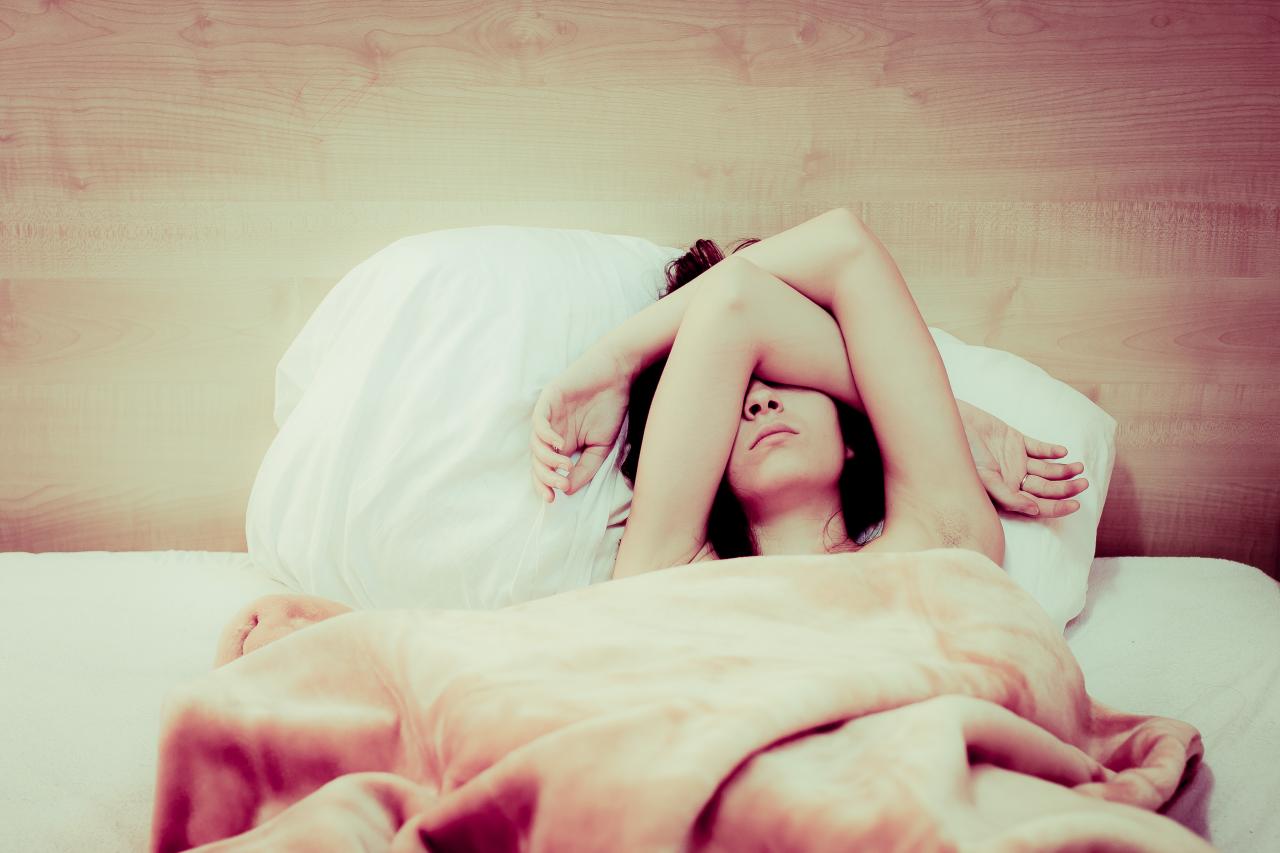Women and Pain: More Turning to Alternatives Before Pain Medications
 MonkeyBusiness Images/PhotoSpin
MonkeyBusiness Images/PhotoSpin
It’s now called an epidemic by health officials: the overuse of prescription painkillers – narcotics like opioids to be exact, drugs with names like Vicodin and OxyContin, among others. And now, a new report has found that women in particular are overdosing on pain killers at an alarming pace.
According to the Centers for Disease Control and Prevention (CDC), women’s painkiller overdose deaths are up nearly 400 percent over the last decade. Think about this: more women now die of overdoses from pain pills like OxyContin than from cervical cancer or homicide. Women who are ages 45 to 54 are at the highest risk of dying from taking too many painkillers.
Why women? Part of the reason women are so vulnerable is that they are more likely to be in chronic pain. Doctors say women are more likely to be given painkillers as a first remedy, to be given higher doses and use them longer. That is a mixture that can spell disaster to anyone who has suffered chronic pain.
Yet I find women to be much better at handling pain than men. We have a higher pain threshold. But we also go to the doctor more frequently and tend to trust our doctors when they reach for the RX pad and write something that will help us end the pain cycle.
But a growing number of both women and men are finding safer alternatives to using powerful pain killing medications. When my foot and ankle began to hurt recently, I turned to micro-technology to help relieve my pain rather than my medicine cabinet. Normally, I would have taken an over the counter pain medication or turned to something even stronger. The pain was severe and was making it hard for me to walk or even get comfortable.
I used a simple drug-free treatment called ActiPatch® Therapy, which uses Bioelectroceutical™ technology to reduce pain and inflammation. I used adhesive tape to put the loop right on my swollen ankle when I went to bed. By the next morning, the swelling was visibly reduced and my pain was gone and I could move my foot once again with very little discomfort.
ActiPatch® Therapy treats pain and inflammation at the source by using low level, imperceptible shortwave radio pulses to increase blood flow into injured cells. I did not even feel it working; there is a tiny battery inside the patch that sends pulses to my swollen cells. I can turn it off and on with a tiny switch and it’s good for 720 hours of therapy. I know I will use it again when I have pain and inflammation.
Before you turn to the medicine cabinet for any potentially habit-forming medications, it is always smart to try some conservative therapies first, such as:
1) Ice.
Ice is nature’s own pain and inflammation reducer. I like frozen peas, which are a good tool to have handy when your body aches or is in pain. Put the frozen peas on the affected area for several ten minute intervals.
2) Rest.
If your arm is sore or your back is in pain, try to rest it. Most pain will subside on its own with rest. If the pain persists or gets worse each day, see your doctor.
3) OTC Meds.
Over the counter pain relievers should only serve as a stop-gap or a temporary help for pain and inflammation. Be careful since there is increasing evidence that continuous use of systemic drugs is dangerous to your stomach and liver.
4) Topical Ointments.
A safer choice is local application of an analgesic ointment. It can help relieve muscle pain by treating the local problem without threatening your whole body with side effects. There are many over the counter branded choices as well as topical herbal solutions.
5) Bioelectroceutical Therapy.
The most effective localized treatment I’ve found is ActiPatch® Therapy which uses advanced shortwave pulses to help reduce pain and inflammation. In the US you can get a prescription for ActiPatch Therapy from your doctor or ask your local pharmacist to order it for you. You can also find medical professionals who use it near you at www.find-relief.com. It is available online and over the counter in Canada, around the world in more than 50 countries for many years as an effective alternative to pain medications.
6) Physical Therapy.
Before you turn to using prescription medications, see if some conservative physical therapy can help relieve the pain. You’d be surprised how effective relief can be provided by appropriate stretching, massage and by moving your body under the direction of a licensed expert.
If you feel as if you are taking too many painkillers or if you think you may have a dependency on medications, talk to your doctor as soon as possible. There are referrals to drug abuse help experts at www.find-relief.com to help you keep yourself and your family safe.
Dr. Christine Dumas is a lifestyle, consumer health and fitness reporter and author. Since 1996, Christine’s stories have appeared regularly on NBC’s Today and Today: Weekend Edition, as well as being featured on both Oprah and The View. With a regular presence on network television for well over a decade, she is one of the most trusted television personalities in the country. In addition, she is a nationally known speaker and author.





Add a Comment1 Comments
Research has shown that women have a lower pain threshold than men.
October 31, 2013 - 1:46pmPlease get your facts right.
This Comment